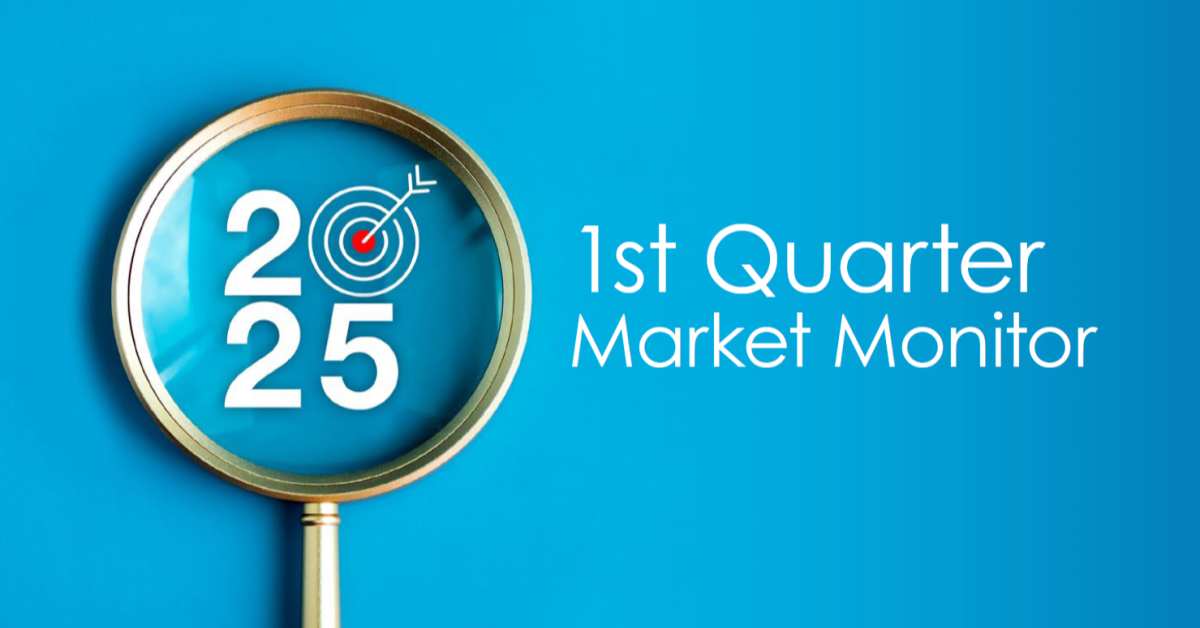Market Commentary
- The Federal Reserve paused in September, following a 25 basis points rate hike in July. The major theme coming from the meeting was the potential and willingness of the Fed to remain higher-for-longer in an effort to combat inflation and bring it to its 2% target. The resulting move in interest rates resulted in short-term pain in both fixed income and equity markets, but we may be at or near the end of the rate hiking cycle. Markets have typically fared well following the last rate hike and high-quality fixed income has historically outpaced cash in such an environment.1
- Inflation continues to moderate from its 2022 highs, with U.S. CPI coming in at 3.7% in August.2 It was slightly higher than the month prior, highlighting our belief that the road from here to 2% will likely not be as straight as it was from 9% to 3%. The lagged effect of monetary policy is starting to come into view and some housing data suggests we may start to see some softening in the shelter component of the inflation measure.
- The U.S. economy remains resilient and the recession that the market expected to occur in 2023 has yet to emerge. Despite tightening financial conditions, the economy grew 2.1% in the second quarter and the labor market continues to be strong, although the unemployment rate has moved modestly higher from post pandemic lows.2 However, there are indications the consumer, which is the heart of the U.S. economy, may be facing headwinds as excess savings from covid stimulus are being depleted, debt levels are rising, cost of financing has materially increased, and student loan payments have resumed.
Fixed Income
- Interest rates saw a significant jump higher in the third quarter, driving bond prices lower. The Bloomberg U.S. Aggregate Bond Index fell 3.2% and fell into negative territory on a year-to-date basis.1 The Fed took a pause in September, keeping its target rate unchanged, but yields on the long end of the curve moved higher as the market digested the potential for a higher-for-longer environment, the repricing of recession risk, increased Treasury issuance, and reduced foreign demand.
- The corporate credit market remains resilient and riskier segments (i.e., High Yield) have fared well given their lower sensitivity to interest rates. The Bloomberg U.S. Corporate High Yield Index climbed a modest 0.5% during the quarter.1 Fundamentals remain favorable and spread volatility has remain subdued. However, credit spreads are not priced for a slowdown and there is a growing risk of the consumer running out of steam.
Equity
- Equity markets sold off during the third quarter. Within the U.S., the S&P 500 Index returned -3.3% and outperformed the Russell 2000 Index (small cap stocks) which had a return of -5.1%.1 Higher interest rates were a main factor in the re-pricing this quarter. Softening earnings also contributed to some of the move lower.
- Abroad, both developed markets (MSCI EAFE Index) and emerging markets (MSCI EM Index) posted negative returns, falling 4.1% and 2.9%, respectively.1 The economic backdrop in Europe continues to struggle with key economies, such as Germany, seeing negative growth. Developing regions were mixed as India experienced a nice tailwind from a large government stimulus package, while the economic recovery in China continues to disappoint and the real estate market continues to struggle with increased debt burdens.
Real Assets
- Commodity markets were one of the few bright spots in the quarter as the Bloomberg Commodity Index returned 4.7%.1 The energy component was the key driver of performance within the asset class. Oil prices moved higher due to continued supply constraints from OPEC+ and approached $100/barrel.2
- The REIT market struggled as well in the quarter, falling 7.1%1, mostly driven by the move higher in interest rates and the broader equity sell-off. The towers sub-component came under pressure due to concerns about river pollution from cable lines. The office sub-sector continues to garner negative headlines. While there are concerns within the space, the office component only constitutes a small portion of the index, roughly 5%1, and fundamentals remain relatively healthy across other property types.
1. Fiducient Advisors Quarterly Considerations September 30, 2023
2. Fiducient Advisors Market Insights September 30, 2023.
This report is intended for the exclusive use of clients or prospective clients (the “recipient”) of HCR Wealth Advisors and the information contained herein is confidential and the dissemination or distribution to any other person without the prior approval of HCR Wealth Advisors is strictly prohibited. Information has been obtained from sources believed to be reliable, though not independently verified. Any forecasts are hypothetical and represent future expectations and not actual return volatilities and correlations will differ from forecasts. This report does not represent a specific investment recommendation. The opinions and analysis expressed herein are based on HCR Wealth Advisor research and professional experience and are expressed as of the date of this report. Please consult with your advisor, attorney and accountant, as appropriate, regarding specific advice. Past performance does not indicate future performance and there is risk of loss.
Comparisons to any indices referenced herein are for illustrative purposes only and are not meant to imply that actual returns or volatility will be similar to the indices. Indices cannot be invested in directly. Unmanaged index returns assume reinvestment of any and all distributions and do not reflect our fees or expenses.
Bloomberg Aggregate Bond Index covers the U.S. investment grade fixed rate bond market, with index components for government and corporate securities, mortgage pass-through securities, and asset-backed securities.
Bloomberg US Corporate High Yield Index covers the universe of fixed rate, non-investment grade debt. Eurobonds and debt issues from countries designated as emerging markets (sovereign rating of Baa1/BBB+/BBB+ and below using the middle of Moody’s, S&P, and Fitch) are excluded, but Canadian and global bonds (SEC registered) of issuers in non-EMG countries are included.
S&P 500 Index is a capitalization-weighted index designed to measure performance of the broad domestic economy through changes in the aggregate market value of 500 stocks representing all major industries.
Russell 2000 Index consists of the 2,000 smallest U.S. companies in the Russell 3000 index.
MSCI EAFE Index is an equity index which captures large and mid-cap representation across Developed Markets countries around the world, excluding the U.S. and Canada. The index covers approximately 85% of the free float-adjusted market capitalization in each country.
MSCI Emerging Markets Index captures large and mid-cap representation across Emerging Markets countries. The index covers approximately 85% of the free-float adjusted market capitalization in each country.
Bloomberg Commodity Index is calculated on an excess return basis and reflects commodity futures price movements. The index rebalances annually weighted 2/3 by trading volume and 1/3 by world production and weight-caps are applied at the commodity, sector and group level for diversification.
Material Risks Disclosures
Fixed Income securities are subject to interest rate risks, the risk of default and liquidity risk. U.S. investors exposed to non-U.S. fixed income may also be subject to currency risk and fluctuations.
Domestic Equity can be volatile. The rise or fall in prices take place for a number of reasons including, but not limited to changes to underlying company conditions, sector or industry factors, or other macro events. These may happen quickly and unpredictably.
International Equity can be volatile. The rise or fall in prices take place for a number of reasons including, but not limited to changes to underlying company conditions, sector or industry impacts, or other macro events. These may happen quickly and unpredictably. International equity allocations may also be impact by currency and/or country specific risks which may result in lower liquidity in some markets.
Real Assets can be volatile and may include asset segments that may have greater volatility than investment in traditional equity securities. Such volatility could be influenced by a myriad of factors including, but not limited to overall market volatility, changes in interest rates, political and regulatory developments, or other exogenous events like weather or natural disaster.



